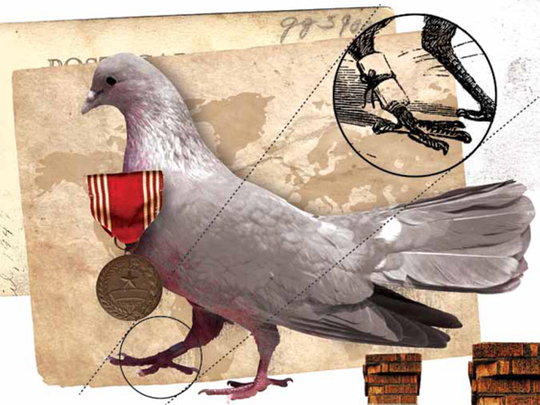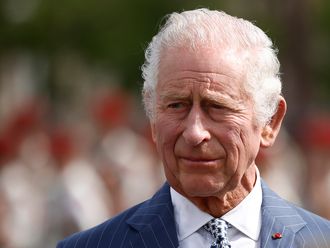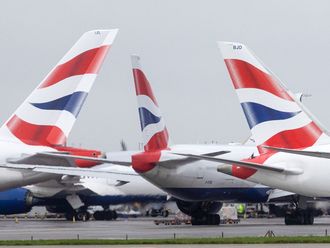
London: Britain’s top code-breakers have been stumped by a secret code found on the leg of a dead pigeon with a message from Second World War attached to it.
The code on the pigeon — stuck in a chimney for the last 70 years — may never be broken, said a British intelligence agency.
The remains of the bird were found by David Martin in Surrey, southern England, while he was cleaning out a disused fireplace at his home earlier this month.
Experts at the Government Communications Headquarters (GCHQ) — Britain’s main electronic intelligence-gathering agency — have been struggling to decipher the message since they were provided with it a few weeks ago.
The message, a series of 27 groups of five letters each, was inside a red canister attached to the pigeon’s leg bone.
The agency said it may be impossible to decode it without more information — some of which could come from the public, BBC News reported.
“Without access to the relevant codebooks and details of any additional encryption used, it will remain impossible to decrypt,” a GCHQ spokesman said.
Inside the canister was a thin piece of paper with the words "Pigeon Service" at the top and 27 handwritten blocks of code.
The message is consistent with the use of code books to translate messages which were then encrypted.
However, without knowing who the sender, Sjt W Stot, is or the intended destination, given as ‘X02’, it is extremely difficult to decipher the code, GCHQ said.
Although the code books and encryption systems used should have been destroyed, there is a small chance that one exists somewhere.
Two pigeon identifying numbers were written on the message with the bird given to GCHQ at the start of the month.
“We didn’t really hold out any hopes we would be able to read the message because the sort of codes that were constructed to be used during operations were designed only to be able to be read by the senders and the recipients,” said GCHQ historian Tony, who asked that only his first name be used.
“Unless you get rather more idea than we have of who actually sent this message and who it was sent to we are not going to find out what the underlying code being used was.”
Experts believe there are two ways the message might have been coded — one is with a so-called one-time pad, where a random ‘key’ is applied to a message.
If the key is truly random and known only to sender and recipient, the code can be unbreakable.
Another option is that this code was based on a specific — and now probably destroyed – code-book put together for a particular operation so the maximum amount of information about that operation could be relayed in the shortest message.
Tribute
A spokesman for GCHQ said it was “disappointing” that the message brought back by a “brave” carrier pigeon cannot be read.
He added: “It is a tribute to the skills of the wartime code-makers that, despite working under severe pressure, they devised a code that was undecipherable, both then and now.”
The Curator of the Pigeon Museum at Bletchley Park, north of London, Britain’s main code-breaking centre during Second World War, is also trying to trace the identity numbers of the pigeon found in the message, according to GCHQ.
Pigeons were used extensively in the war to carry vital information to Britain from mainland Europe. Flying at speeds of up to 80 kilometres per hour, they could travel distances of up to 1,000km but were vulnerable to hungry hawks and bored soldiers, who used to take pot-shots at them as they flew overhead.












